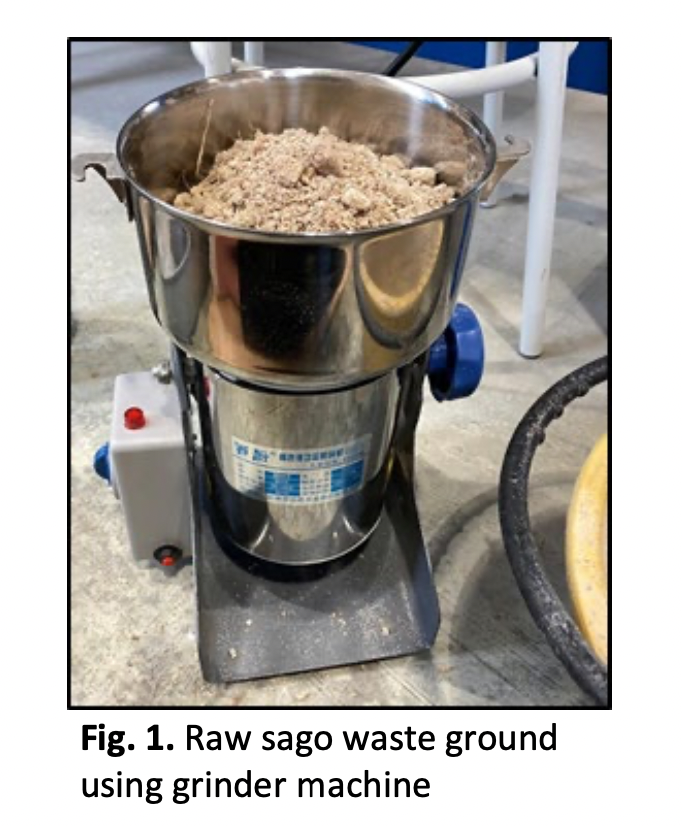Mechanical Properties of Bricks Containing Sago Fine Waste as Cement Replacement Material
DOI:
https://doi.org/10.37934/aram.115.1.3646Keywords:
Brick, Sago Fine Waste, compressive strength, initial rate of absorptionAbstract
Due to the country's expanding population and the resulting growth of the building industry, brick is one of the most crucial materials used in construction projects in Malaysia. Producing large amounts of bricks requires a lot of cement yet this method has environmental consequences due to increasing carbon emissions into the atmosphere. Therefore, this study aims to use partial Sago Fine Waste (SFW) to replace the cement. About 60 tonnes of sago trash are dumped into the closest river every day during the production of sago starch. To protect the environment and contributing to sustainable development, this study has been conducted on the production of bricks from waste materials. For this study, the brick specimens were prepared using 0%, 1%, 3%, 5%, 7% and 9% of SFW with a water-cement ratio of 0.6 fixed at 1:3 sand cement ratio. The total specimens that were produced for testing are 72 bricks. The water curing for concrete has been conducted at 7 and 28 days. The overall results revealed that both density and compressive strength are decreases as the percentages of SFW increases. The initial rate of absorption increases due to the increasing percentage of SFW. However, all the results obtained are still met the requirements. Based on the findings, the optimum percentage SFW are SFW1W0.6 with strength 5.18 MPa. The optimum brick properties of SFW1W0.6 is normal weight with density 2092.86 kg/m3 and lowest initial rate absorption with 0.91 kg/m3.min.
Downloads



























